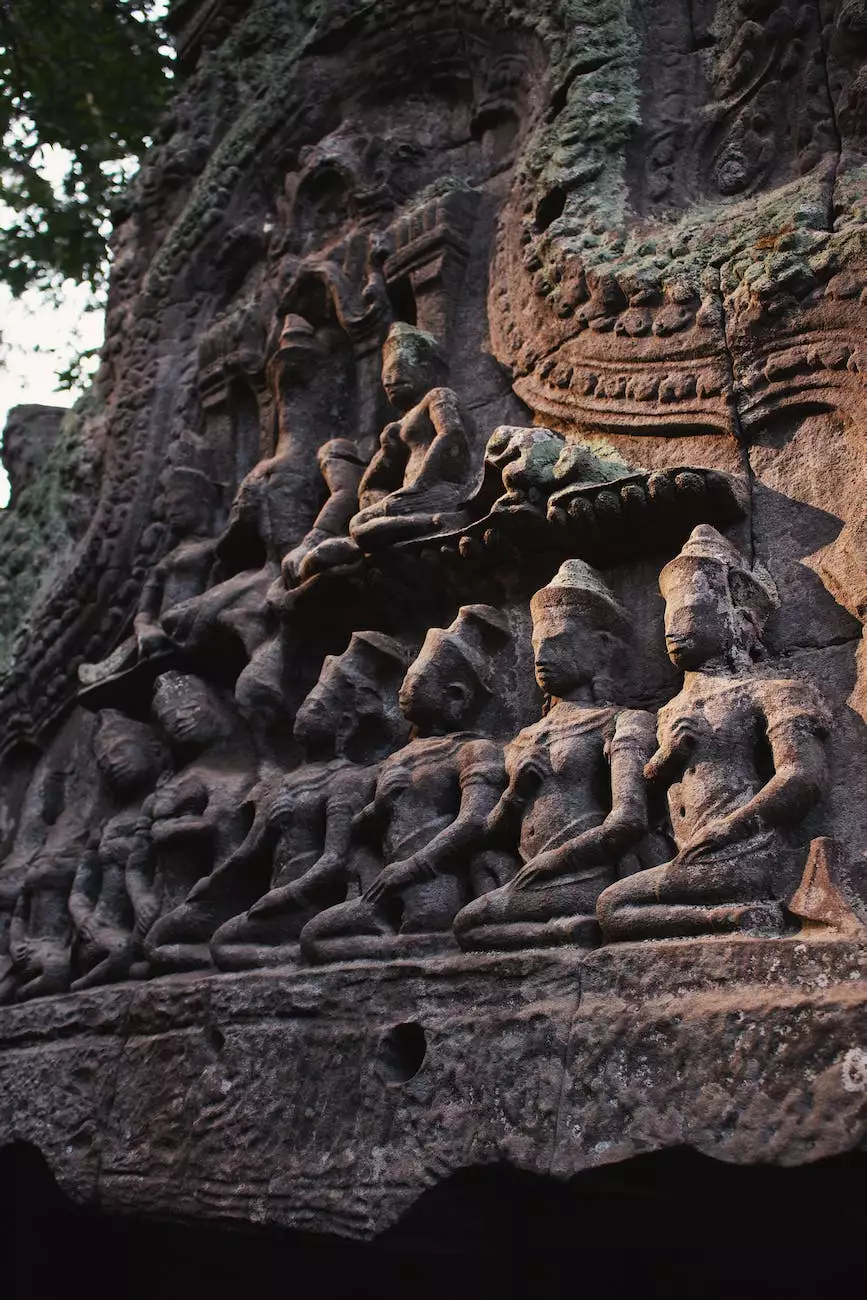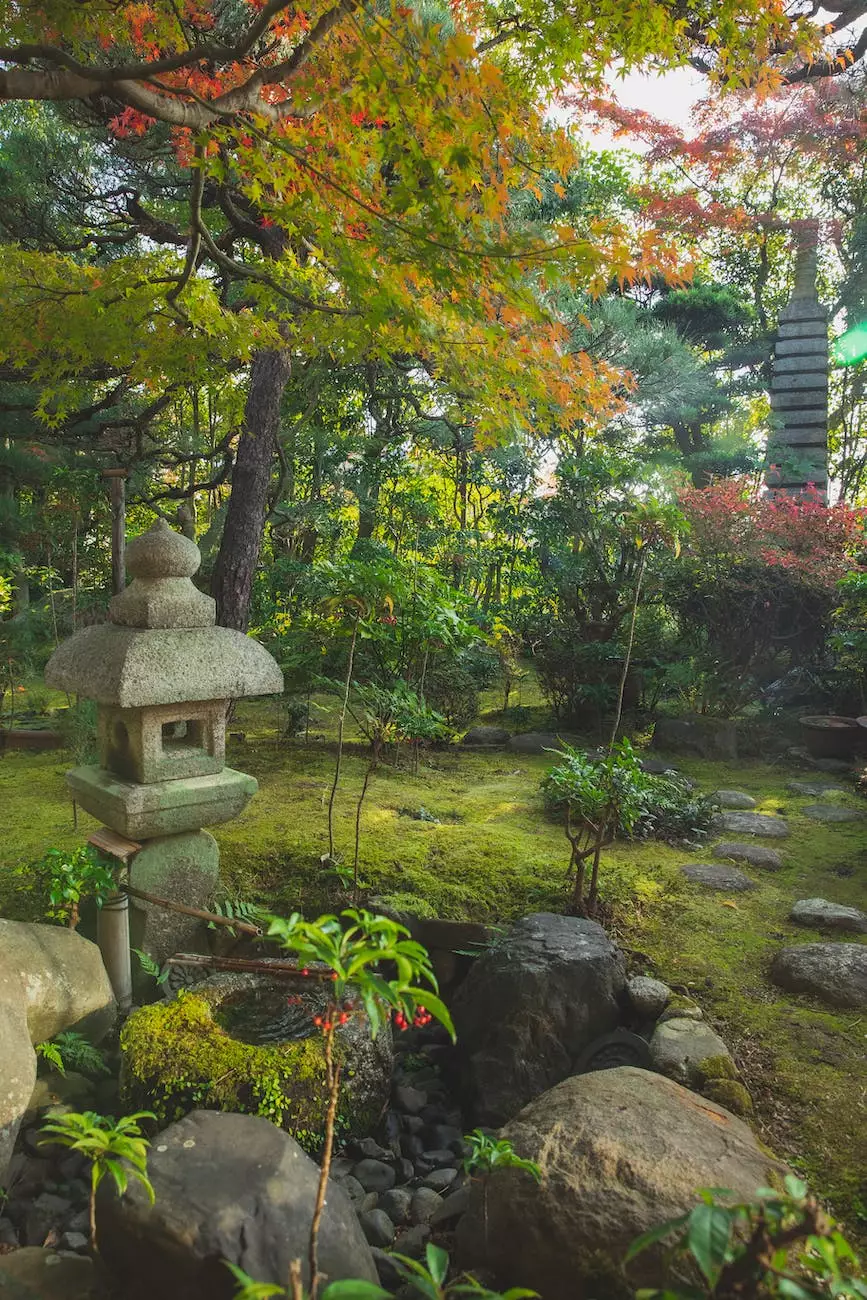Best Time To Visit Angkor Wat

Welcome to Aventuras Naturales, your trusted partner in travel and tourism! If you are planning a trip to Angkor Wat, one of the most iconic destinations in the world, you have come to the right place. In this comprehensive guide, we will help you understand the best time to visit Angkor Wat, ensuring that you make the most of your experience.
Why Visit Angkor Wat?
Angkor Wat, located in Siem Reap, Cambodia, is a mesmerizing UNESCO World Heritage Site that attracts millions of visitors each year. This ancient temple complex is renowned for its stunning architecture, intricate carvings, and fascinating historical significance. Exploring the vast grounds of Angkor Wat is like stepping back in time to an era filled with mystical charm and awe-inspiring beauty.
Understanding the Seasons
When planning a visit to Angkor Wat, it is crucial to consider the different seasons and their impact on your trip. Cambodia experiences two distinct seasons: the dry season and the wet season.
Dry Season (November - April)
The dry season, which stretches from November to April, is generally considered the best time to visit Angkor Wat. During this period, the weather is relatively cooler, and rain is infrequent, allowing for comfortable exploration of the temples. The skies are clear, creating excellent conditions for photography and panoramic views of the ancient wonders. It's important to note that this is also the peak tourist season, so expect larger crowds compared to other times of the year.
November and December offer slightly cooler temperatures, making it an ideal time for outdoor activities. The lush greenery surrounding the temple complex adds to the overall beauty of the site. January to April sees higher temperatures, but the weather remains pleasant for sightseeing and immersing yourself in the historical ambiance of Angkor Wat.
Wet Season (May - October)
The wet season, from May to October, brings rainfall and higher humidity to the region. While this period may not be as popular among tourists, it has its unique charm for those seeking a more immersive experience. The temples adorned with rainwater glisten under soft light, creating a magical atmosphere.
Visiting Angkor Wat during the wet season allows you to witness the temples in a different light, as the rain adds an ethereal touch to the surroundings. The landscapes are transformed into lush green expanses, and the moats surrounding the temples are filled with water, adding to the overall picturesque scenery.
However, it's important to be prepared for unpredictable weather conditions during this time. Sudden rain showers can occur, so carrying an umbrella or raincoat is advisable. Despite the rain, exploring Angkor Wat during the wet season offers a unique perspective and allows you to avoid the larger crowds found in the dry season.
Exploring Angkor Wat
Angkor Wat is a vast complex with numerous temples and sites to explore. It is advisable to allocate a minimum of two to three days to fully immerse yourself in its grandeur. Here are some key details to help you plan your visit:
Temple Passes
Purchasing a temple pass is a prerequisite for visiting Angkor Wat. These passes are available for different durations, including one-day, three-day, and seven-day options. Depending on the duration of your stay and the level of exploration you desire, choose a pass that suits your requirements. The passes provide access to various temples within the Angkor Archaeological Park, allowing you to discover the hidden gems beyond just Angkor Wat itself.
Early Morning Exploration
If you wish to witness the breathtaking sunrise over Angkor Wat, waking up early is a must. The temple opens at 5:00 am, and experiencing the first rays of sunshine casting their golden glow on the temple's spires is truly a sight to behold. The early morning hours also offer a quieter and more serene atmosphere, perfect for taking stunning photographs without the crowds.
Guided Tours
Consider booking a guided tour to enhance your Angkor Wat experience. Knowledgeable guides can provide invaluable insights into the history, architecture, and symbolism of the temples. They can help you navigate the complex, ensuring that you don't miss any significant highlights.
Respecting the Temples
While exploring Angkor Wat, it is crucial to respect the sanctity and cultural significance of the temples. Please remember to dress modestly, covering your shoulders and knees, as a sign of respect. Removing your hat and shoes when entering certain temples is also customary.
Ensuring that you follow these guidelines will help preserve the heritage of Angkor Wat and maintain its historical integrity for future generations to appreciate.
Conclusion
In conclusion, planning your visit to Angkor Wat requires careful consideration of the weather, seasons, and your personal preferences. The best time to visit Angkor Wat is during the dry season, from November to April, when the weather is pleasant, and the skies are clear. However, the wet season, from May to October, provides a unique and enchanting experience, with lush landscapes and fewer crowds.
Remember to plan accordingly, book your temple pass, and prepare for an unforgettable journey through time at Angkor Wat. Let Aventuras Naturales be your trusted companion as you embark on this incredible adventure, providing you with expert guidance and exceptional service every step of the way.
Start planning your trip to Angkor Wat today with Aventuras Naturales, and prepare to be captivated by the wonders of this UNESCO World Heritage Site!




